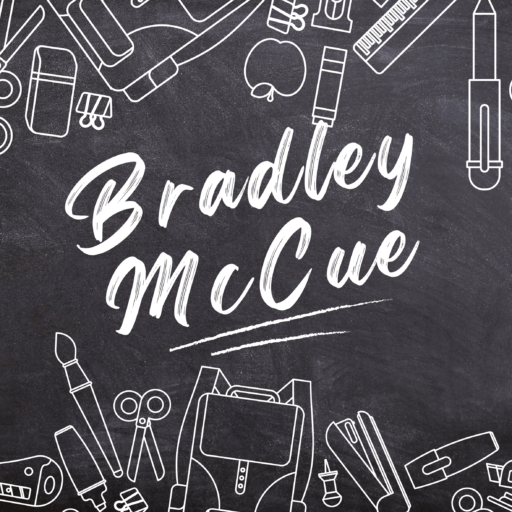Before I begin discussing how amazing and useful story vines are and how a student or a teacher could differentiate the story vines to accommodate accessibility and different talents, I think it is important to note that when working on this project, I had a very difficult time weaving together yarn. Simply put, this is a talent I just do not have, so I decided to represent my learning in a more comfortable way for myself and create a story vine using Canva (As seen below) I had a ton of fun creating it, ensuring I was using the most appropriate graphics and making sure I was clearly outlining the most important parts of the story.

Story vines are a brand new concept to me. Still, after learning about it in class and doing some research both online and through our textbook “Sometimes Reading is Hard” I learned that they are more than just a cross-curricular craft, but a way to enforce the deep diving of content to our students. To create a project like this, the students must be completely aware of both the generalized elements of a story and the story in question. In this instance, we used The Paper Bag Princess by Robert Munsch. One thing I learned from the textbook regarding this project is that it is imperative for the teacher to model the concept. If the teacher does not show off what they have done and how they creatively put together the elements of the story, the students may not have an interest or a complete understanding of the content. In the text book, the author states that “After modelling the strategy, students find stories that they want to read and use for their story vines.” (Bright pp. 92) which again shows the necessity for creating WITH your class.

Personally, I love my own story vine and think that it tells a clear story about what happens in the book.
- We have the prince and princess living at the castle living happily
- A dragon comes, burns the castle to a crisp, and kidnaps the prince
- Having no clothes to now wear, the princess dons the paper bag
- After following the dragon, the princess confronts him
- Through a series of tests of strength, the princess tricks the dragon into exhaustion
- The Princess saves the prince, who is now disgusted by her appearance
- The Princess dumps the prince and dances away into the sunset.

I feel that my story vine tells the entire story in a condensed way, ensuring it illustrates all of the key points. This is an excellent project that I cannot wait to use in my classrooms, as teachers have been for years. I even noted that CBC in Winnipeg covered the unique approach to literacy when a teacher in Winnipeg began using this project in her school. So awesome to see something with so many cross-curricular connections also receive acclaim through the media for its usefulness. While some students, like myself, may struggle with the yarn, I will always make sure there are alternatives, even if it just means drawing and heavily decorating poster board to show off their story vine, or even allowing access to programs like Paint or Canva to create their stories.
